School Environment and Technology
- Karen Walstra

- Jun 5, 2022
- 5 min read
Updated: Feb 2, 2023

Our school gardens are often the first impression of the school visitors see. It is also a teaching resource we don’t use enough.
. Before we speak about the garden, I would like to raise the point about the technological products, such as household products, pesticides used, that may negatively impact, destroy or damage our natural environment. Killing or chasing away the little creatures which should inhabit our school gardens. In turn this often affects the whole ecological system around us, without us even realising it! Let’s become aware of our environment and protect, encourage and conserve nature wherever possible.... Looking for cleaning products that are environmentally friendly and letting the learners know what is being used to clean their classrooms, school ablutions, sets a wonderful example and empowers learners to think, question and learn. Think about your school grounds, if you haven’t done so, consider creating an awareness of caring for the natural environment around the school. Let’s explore learning opportunities in the school gardens.
What plants are in your school garden? Do you have indigenous plants in the gardens? Have you considered planting indigenous plants in your garden?
Random Harvest is a wonderful nursery that offers information and school outings to learn about indigeonous plants. Subscribe to their newsletter and explore their blog for information about indigenous plants and ideas for your school garden.
Food and Trees for Africa, shares ideas about the value of school gardens in the article, ‘School Gardening’

Creating an awareness of the creatures in and around the school is also important and links to various subjects such as Natural Science (SP), Natural Sciences and Technology (IP), Life Skills (FP and IP), Social Sciences - Geography, and Maths. Making learning authentic and real, and providing information the learners can transfer to their own homes, makes learning truly meaningful.
All our schools have birds in them. Planning and planting a garden for birds in school is a wonderful teaching opportunity. Think about ideas of different habitats, nesting sites, and food.
Introducing technology to monitor, observe and find out about the animals in the school grounds, linking directly to the content knowledge of the subjects above, and the draft robotics and coding curriculum concepts, creating an awareness among learners and caring for the environment.

“It’s for the birds” is a project that uses an Arduino 101 in a homemade bird feeder. It was developed as an experimental platform to measure weather parameters and monitor bird activity at the feeder.
Getting learners to watch live webcams of birds globally, explore The Cornell Lab Bird Cams. These webcams connect viewers worldwide to the diverse and intimate world of birds.
What about getting learners to observe other animals in the school yard, if you installed webcams for learners to monitor and observe creatures, around a school pond or a garden or a group of trees.

Here is a great post by Scott, about "How To Install and Stream a Live Animal Cam!" He states, “I’ve wanted to install a LIVE animal cam in my backyard for a long time now.”
This could be a great project to get learners to be involved in and make learning authentic. They could view even the school webcams, when they are not at school.
What about monitoring the plants growing in your school garden?
I do believe that every school should have a vegetable garden. To teach learners how to grow vegetables, about different vegetables. We should also be introducing our children to indigenous plants, and how they grow.

Robofactory has a Smart Agriculture Kit which could be used for vegetable gardens, but also for other gardens you may have a school. It uses a micro:bit, and includes among other resources as a soil moisture sensor and a water level sensor. They also have a tutorial for this resource.
What about gardening for butterflies and other insects?
These beautiful creatures are slowly disappearing from our environment.
Would it not be wonderful to have a garden full of different types of these creatures?
Planting indigenous flowering plants to attract the butterflies and putting in butterfly baths, here is an example of how to do it.
Scott's webcam idea could be used to monitor the insects as well.
StoneAgeMan made this short video to highlight a few tips that will be useful to know if you want to promote wildlife in your yard, showing what the North Carolina zoo is doing with regards to butterflies. Explore "How to Create A Butterfly Garden"

Monitoring the insects in our school garden. Trying to find ideas to share, the vast majority of articles and technology solutions where seeing insects as pests and pest control. An interesting scientific report about automating insect monitoring using unsupervised near-infrared sensors, could be another type of project to explore in schools, especially with high school learners. Klas Rydhmer, Emily Bick, Laurence Still, Alfred Strand, Rubens Luciano, Salena Helmreich, Brittany D. Beck, ChristoferGrønne, Ludvig Malmros, Knud Poulsen, Frederik Elbæk, Mikkel Brydegaard, Jesper Lemmich and Thomas Nikolajsen describe how insect monitoring is critical to improve our understanding and ability to preserve and restore biodiversity, sustainably produce crops, and reduce vectors of human and livestock disease.

Lastly I want to speak about frogs. I love the many different calls frogs create. "Get Frogging", was an article in the April 1996, SA Country Life magazine, where it is explained that in SA there are 106 different species of frogs, of which 17 were listed in the 1988 Red Data Book, and four are listed on the endangered species list. A national project called the Southern African Frog Atlas project, where they monitor the different frog species and collect information about them was established, explore the present Frog Atlas of Southern Africa.
A video of the South Africa frog calls in, entitled "Frogs and their calls" by The Endangered Wildlife Trust. The Endangered Wildlife Trust highlights that amphibians are currently the most threatened class of vertebrates on Earth, with 32% of species Red Listed as Critically Endangered, Endangered or Vulnerable. In total, 43% of species globally are experiencing population declines. The EWT’s Threatened Amphibian Programme (TAP) aims to address a growing need in South Africa for the involvement of the Non-Governmental sector in frog conservation.
An idea for creating a school pond, and attracting frogs is a useful resource by Kylie Hockaday “Establishing a frog pond: teacher resource”.
Again, if you install Scott's live animal webcam with the audio near a school garden water area or pond, the frogs and other water creatures could be monitored.
There are so many different learning opportunities in the school garden, adding technology could be introducing tech in an truly authentic and meaningful manner to your learners.
Explore, learn and have fun with your learners.
Let’s truly teach about caring for our environment, combine technology into your school garden. I look forward to learning about what you do in your school’s gardens.

Create more than awareness, create concrete projects, problem solving tasks, have the discussion everyday and not just on World Environment Day 5 June 2022
Other resources you may be interested in:
Red data book for mammals of south africa - a conservation assessment
CSIR research space - South African red data book - Terrestrial mammals, explore the website for other research about nature as well
CSIR Research Space - SANSP - explore this suit for a range of research articles about the South African natural environment.
2015 Eskom Red Data book of Birds - South Africa, Lesotho and Eswatini (Swaziland)
When creating an awareness about the environment and technology among your school, you are assisting in achieving some of the UNSDG.
Karen Walstra
Educational Consultant
Share your ideas: info@karenwalstraconsulting.co.za

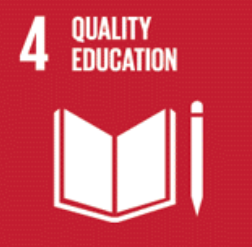

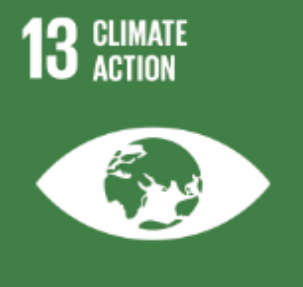

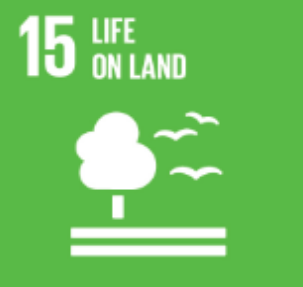

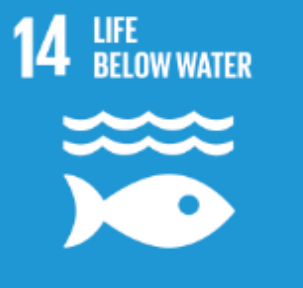

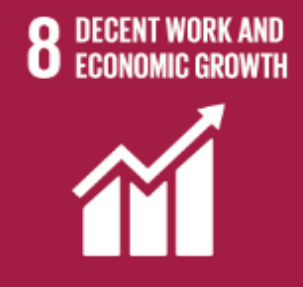




Comentarios